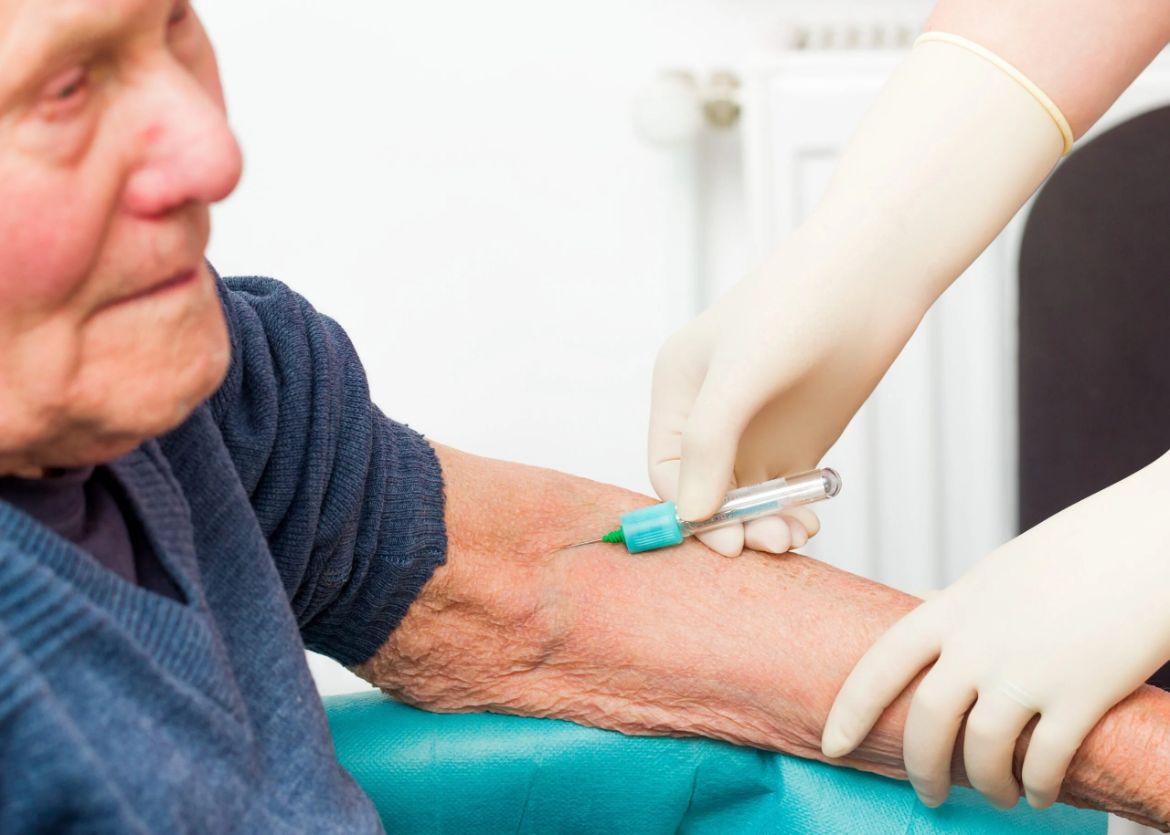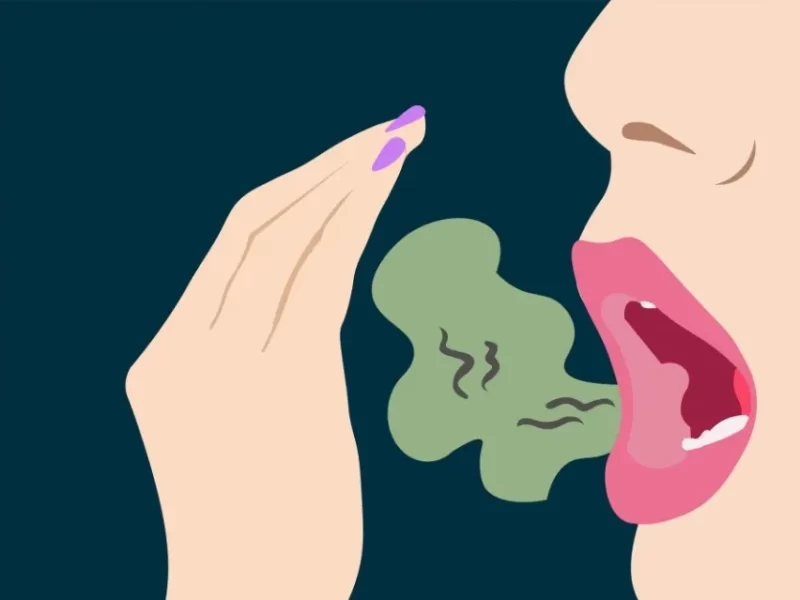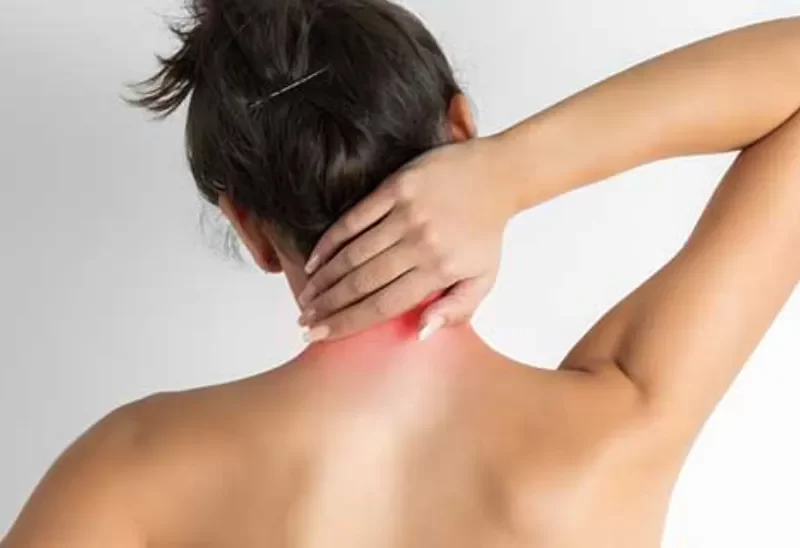In the US, atrial fibrillation affects up to 6 million people and is responsible for 130,000 annual fatalities, many of which are strokes. We’ll go over the negative effects of blood thinners in this post, along with some tips on how to stop bleeding while taking blood thinners.
Anticoagulants, also known as blood thinners, are useful in extending the time it takes your body to form a blood clot. But they also have negative side effects, like bleeding. Because of this, it must be kept in check. One may wonder, “When taking blood thinners, how do I stop bleeding?”
Please take a look at this article and try to determine why.
Side Effects of Blood Thinners in Elderly
Blood thinners have many other side effects in addition to the question of how to stop a cut from bleeding when taking them. Some common side effects of blood thinners in the elderly include:
- Back pain
- Bowel or bladder dysfunction
- Bleeding gums
- Bruising easily
- Dizziness
- Headache
- Increased risk of bleeding
- Nosebleeds
- Numbness
- Prolonged bleeding from cuts
- Weakness
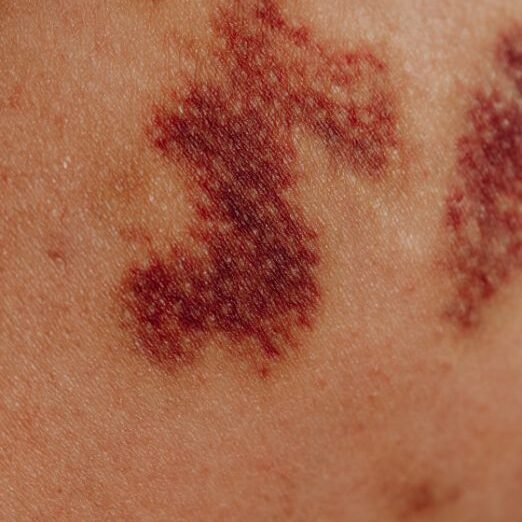
Other more serious side effects include:
- Bloody or black stools
- Coughing up blood and blood clots
- Red, pink, or brown urine
- Uncontrollable bleeding
- Vomit that resembles coffee grounds
How to Stop Bleeding When You’re on Blood Thinners?
We will go over both how to handle more serious problems in this section as well as how to stop minor bleeding when taking blood thinners.
Bleeding Gums
For 30 minutes, press firmly against the bleeding area with a wet washcloth or tea bag. If the bleeding continues after two hours, get in touch with your loved one’s physician or dentist. They must refrain from smoking, using straws, drinking hot liquids, spitting, or rinsing for the following 24 hours. A further two to three days should be spent avoiding hard foods.
Nosebleeds
Spend five uninterrupted minutes having your loved one squeeze their nostrils with their fingers just below the bone. Try using a decongestant nasal spray if this does not work.
Squeeze the nostrils together for 15 minutes while applying two squirts into the bleeding nostril. If bleeding persists, repeat the procedure. Bring your loved one to the emergency room right away if the bleeding doesn’t stop after three attempts.
Small Cuts
Apply a fresh bandage or towel to the wound and apply pressure until the blood stops flowing. The wound should then be cleaned with iodine or a saline solution to remove dirt and bacteria.
Large Cuts
The wound should be covered with a fresh cloth, towel, or bandage. Try not to clean the wound as this could cause it to bleed more. Until the bleeding stops, apply pressure to the wound firmly (unless something is stuck in the skin).
Medical tape or your hands can be used to hold it in place. If blood seeps through, press on while adding another cloth, towel, or bandage. If you can, raise the wound above the victim’s heart.
If the bleeding doesn’t stop, the wound smells bad, your loved one has a temperature higher than 101 degrees, or if the wound has redness, pus, or swelling, call 911 right away.
What Are Blood Thinners?
Drugs that help to stop the formation of blood clots can be administered intravenously or orally. These medications are administered to those who have a high risk of blood clots in order to lower their risk of suffering from serious conditions like heart attacks and strokes.
To stop bleeding from wounds, the blood clot forms a seal. Although they can be helpful in stopping bleeding, if they form in the wrong location, they may also block blood vessels and obstruct blood flow to vital organs like the heart, brain, or lungs.
Examples of diseases and health conditions that require treatment with blood thinners to reduce the risk of clots forming, or to prevent life-threatening problems, include:
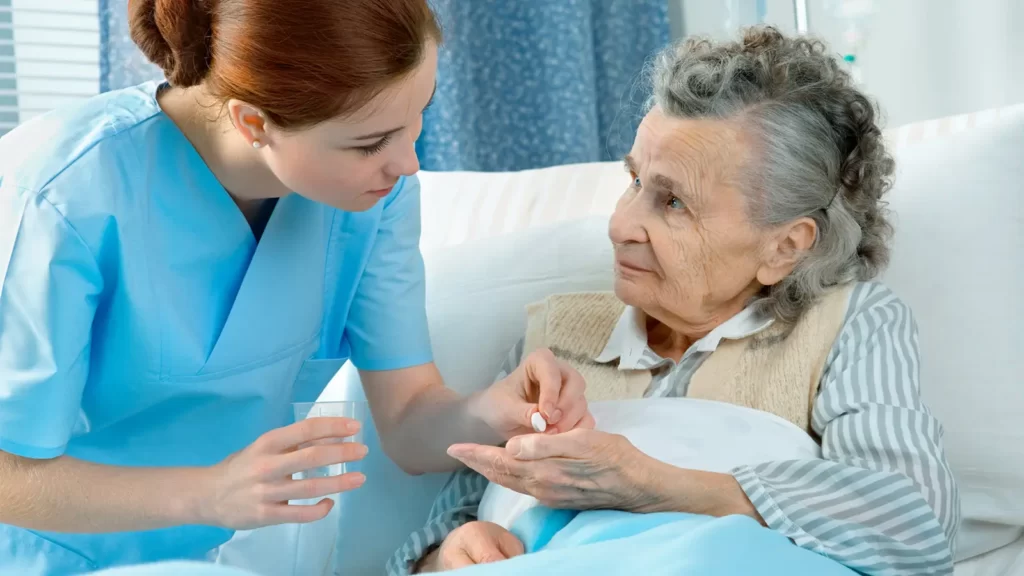
- Deep vein thrombosis (DVT)
- Heart attack
- Stroke
- For the prevention or treatment of:
- Pulmonary embolism
- Blood clots within venous and arterial catheters
- Stent thrombosis
- Blood clots during atrial fibrillation (afib) treatment
How Do Blood Thinners Work?
Blood thinning medications can’t dissolve blood clots and can’t make blood thinner either. They primarily prevent your blood from clotting again. They may also impede the development of current clots.
By out-competing vitamin K in the liver, the anticoagulants prevent clotting. To produce clotting factors, a class of proteins, our body needs vitamin K. The platelets, which are tiny blood cell fragments, and other blood cells are held together by these clotting factors.
Antiplatelets are primarily responsible for preventing platelets from adhering to one another as well as the blood vessel wall. These antiplatelet medications are less effective than anticoagulants.
High-risk patients frequently receive these medications to prevent blood clots from forming in the future rather than to treat existing blood clots.
Safety Precautions While Taking Blood Thinners
Your doctor might advise you to avoid playing as many contact sports as possible to lower the risk of bleeding. You can still exercise and lead a normal life, despite this. Exercise that is safe for the majority of people taking anticoagulants includes swimming, walking, and jogging.
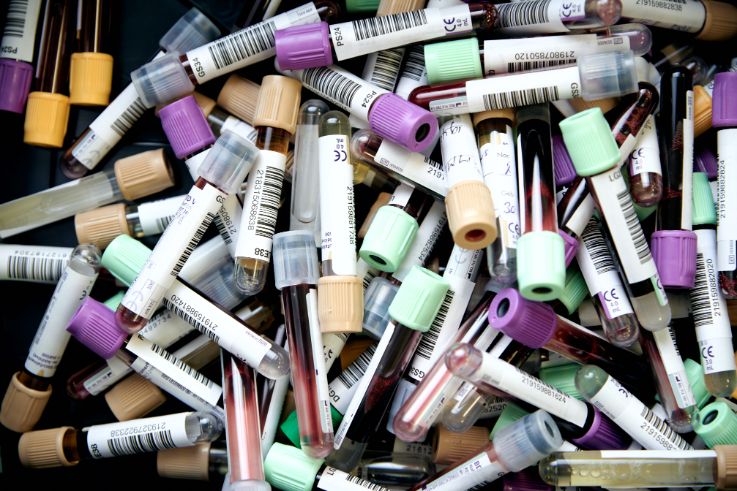
It’s crucial to take certain safety precautions.
- Both indoors and out, one can stop bleeding by wearing shoes.
- Wear gloves when working in the yard.
- Use scissors and knives very sparingly.
- Electric razors or hair removal creams can be used as alternatives to razor blades.
- Instead of using toothpicks, use waxed dental floss.
- Make use of a soft-bristled toothbrush.
- Be careful when trimming the nails on your fingers and toes.
- Warfarin and other anticoagulants should be taken at the same time every day.
- Patients who use blood thinners should disclose this to their doctor.
- Ensure that your pharmacist and physicians are aware of all the additional medications, vitamins, and herbal supplements you are taking.
- If you plan to purchase over-the-counter medicines, check with your pharmacist to see if those drugs will interact with blood thinners.
- When a patient is taking a blood thinner, precautions must be taken, such as withholding the medication for a few days before a specific medical or dental procedure.
- To determine how well your blood clots, regular blood tests like PT/INR will likely be required. You must take the right amount of medication to stop clots from forming without bleeding, which is crucial.
- Avoid certain foods, dietary supplements, and beverages that could interact with your anticoagulant, such as alcohol.
- Oral anticoagulants, especially those sold under brand names and generic names, occasionally have different effects depending on the country. This is why it is crucial to bring anticoagulant medication with you when you travel overseas.
- Avoid circumstances that could put you at risk for injury (such as sports that involve physical contact with other people).
- If you are bleeding heavily or it takes a while for the bleeding to stop, get medical help right away.
- If you’ve taken a hard blow to the head, seek medical attention right away because you might be bleeding internally without realizing it.
What Happens When Blood Thinners Are Stopped Without the Physician’s Advice?
When blood thinners are stopped, things can go wrong, especially if the patient is at a high risk of developing clots. The effects of stopping blood thinners can be fatal. A significant risk of developing blood clots in the heart or brain exists for warfarin-treated patients who abruptly stop taking the medication, according to research studies.
A significant rise in blood clots was observed shortly after patients stopped taking the blood thinners, according to statistics on the number of clots per 1,000 patients during and after treatment with warfarin.
What Happens If a Dose of Antiplatelet/anticoagulant Drug is Missed?
If a dose of an anticoagulant or antiplatelet drug is missed, the patient should call the doctor if they are unsure of what to do. To ensure that the patient doesn’t take too much or too little of the medication, the doctor can provide clear instructions. The patient will then be in the best possible condition. For what to do if a dose is missed, there are, however, some general guidelines.
Take the missed dose as soon as you remember it the same day. Return to your regular schedule starting the following day.
Don’t take the missed dose if you remember that you missed it the next day or if the next dose is almost due. To make up for a missed dose, never take twice the recommended dosage in a single day. At the subsequent regularly scheduled time, take your regular anticoagulant dose.
If you miss a dose for two or more days, call your doctor.

